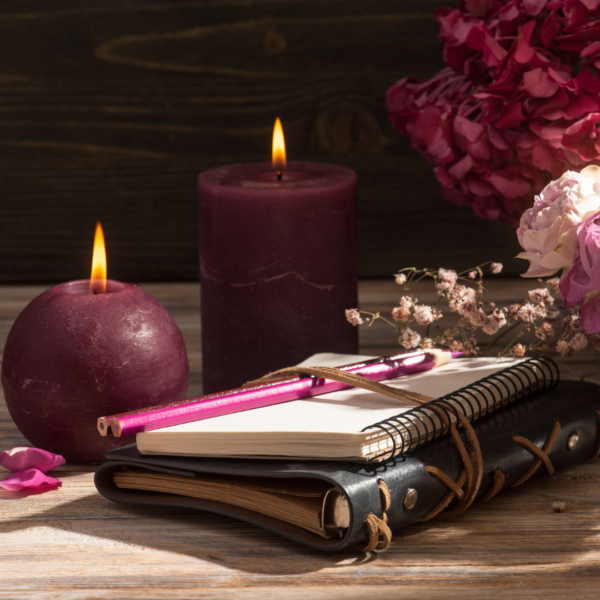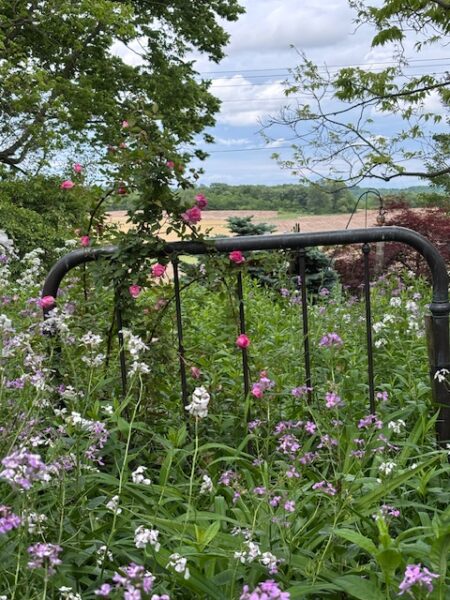 I first met Paula Huston about five years ago when I took a nonfiction writing class she was teaching through the fabulous Glen workshop. The Glen is a really wonderful gathering of writers and artists wrestling with the questions of meaning and substance in life. Paula is a gifted teacher and also offers her wisdom for writers through the Image Journal‘s online manuscript critique in creative nonfiction. She is also a Camaldolese Benedictine oblate and the author of several books on the spiritual life.
I first met Paula Huston about five years ago when I took a nonfiction writing class she was teaching through the fabulous Glen workshop. The Glen is a really wonderful gathering of writers and artists wrestling with the questions of meaning and substance in life. Paula is a gifted teacher and also offers her wisdom for writers through the Image Journal‘s online manuscript critique in creative nonfiction. She is also a Camaldolese Benedictine oblate and the author of several books on the spiritual life.
Leave a comment below for a chance to win a free signed copy of The Holy Way: Practices for a Simple Life.
Becoming a monk in the world
“Blessed are the pure in heart,” says Jesus, “for they shall see God.” The monastic way of life, including its radical withdrawal from the world and its many disciplines, is rooted in this simple premise. But what, exactly, is purity of heart and how do we obtain it? For the Desert Fathers, the pure heart is one freed from self-regard’s knee-jerk response to being thwarted. Kierkegaard says it in a different way: purity of heart is to “will one thing.”
This kind of single-mindedness does not come naturally, and nowadays, surrounded as we are by compelling distractions, it has become nearly impossible. Entering onto the narrow monastic way thus requires a difficult but absolutely necessary renunciation: we begin by turning our backs on popular culture and its values. We build our huts on the banks of the rushing river and quietly close our doors, at least for a time, against the noisy tumult outside.
What does this new realm of silence and inaction make possible? Protected from the constant barrage of confusing stimuli, we can begin to change our habits. Aristotle says that virtue comes from good acts repeated until they become automatic; monastic wisdom declares that what we habitually do with our bodies and minds ultimately determines who we are. If we truly want to live a life hidden in Christ, we must first undergo a total transformation of the self that begins with adopting new ways.
The result? We find that our purified hearts are now filled with an expansive love that exceeds anything we could imagine before we withdrew. Or, said a different way: as would-be monks in the world, we must lose ourselves to find ourselves.
—Paula Huston
I love Paula’s reflections on the need for single-mindedness and the gifts silence and stillness offer. I look forward to exploring this further together in our Advent online retreat. Learn more about Paula and her work at her website.
Paula is one of the guest teachers for the Advent 2011–Birthing the Holy: Becoming a Monk in the World online retreat (November 27-December 24, 2011). Paula will be reflecting on week 4 and the theme of “sacred yes”.




13 Responses
So much wisdom here. I want to remember “what we habitually do with our bodies and minds ultimately determines who we are.”
Thank you.
Rebecca
Turning my back on the world and then turning back to the world with the practice of virtue always before me…yes, that is the call of the Gospel, the life of conversion, always in process, always becoming, but seemingly standing still at times in the place of stillness and unknowing. Yes to this way.
Thank you – I have just come back from journeying through the Camino de Santiago. In that time of close to 6 weeks of walking I often compared my days as being similar to monastic life (esp Franciscan).
The idea of “closing the door of our hut to the noisy tumult outside” also means closing the door to the noisy tumult inside (at least for a time). Sometimes, I find this later practice more difficult than the prior. It is the effort of moving from simplicity through complexity to a second simplicity.
It seems to me that adopting new ways and turning our backs on the world are outgrowths of transformation, not what produces or leads to transformation. Indeed, in the process of developing single-mindedness we need to close multiple doors of compelling distractions. In the silence we can discern which doors, with God’s help, we can close. I don’t think we can close all of them all at once unless we live in a desert away from distractions! But of course, desert or no, the very real, abundant distractions are lodged within our inner selves.
I live on a river and have yet to build my hut! The practice of renunciation is one in which I long for guidance. I am grateful you understand and teach to losing self to find Soul and the Divine.
Over the years I have had a couple of times of simplifying my life and am now taking another step. Silence and solitude are necessities on the journey.
Thanks for this little nugget. For me, the test of whether a period of withdrawal into solitude has indeed been just that or something more..narcissistic, is how I respond to whatever crises may be waiting for me upon my arrival home. How I respond is often an indication of the quality of that solitude and the willingness to be transformed in it.
Pax Christi, R
I love the concept of going within & finding the stillness – God’s voice!
I love the image of building my hut on the banks of the rushing river and quietly closing the doors. It is a metaphor I need to incarnate in my life. In what ways do I build this hut ? What actions do I take that help me to close the doors?